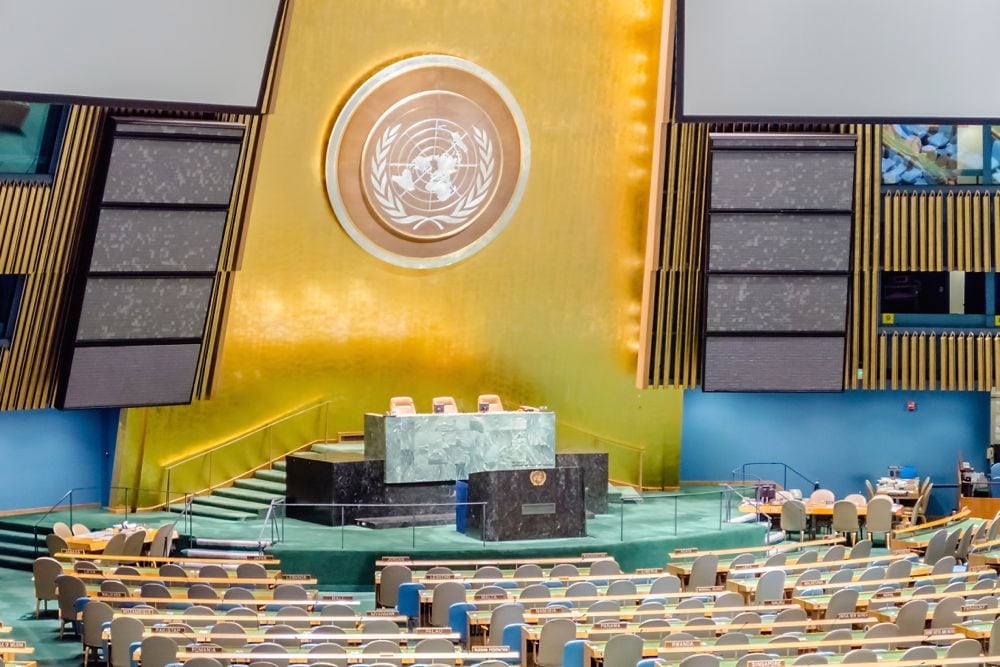David Jacobson, U.S. ambassador to Canada, gave this year’s Fulbright Lecture at McGill University on Canada-U. S. relations. He used the occasion to argue that the two countries should sit down together and negotiate greater regulatory harmonization, especially in areas such as food standards. He illustrated his point by making fun of the “unnecessary” differences between the Cheerios he always ate in Chicago and the ones he now eats every morning in Ottawa. Like so many Americans before him and most economists, the good ambassador just doesn’t get it. We have never had bilateral negotiations to harmonize the thousands of different food standards that now exist between us, nor are we going to any time soon.
Read Also

Cooking fish of Manitoba: Keep your catch fresh and tasty for the table
Fishing in Manitoba provides mouthwatering meals, assuming anglers handle, process and cook their fish properly before sitting down to eat. Here’s how, with recipes and fish preparation tips.
The ambassador unwittingly revealed the fundamental reason why future progress is so unlikely. The Americans have absolutely no intention of changing a single one of their food regulations just to be the same as Canada. They never have; they never will. In spite of what the ambassador says, harmonization to the Americans is not a bilateral negotiation; to them, harmonization is Canada changing its regulations to match theirs. It never occurred to the ambassador that the solution to his Cheerios problem would be for the U.S. to adopt Canada’s rules.
The situation is completely different in Canada. When it is in our trade interests, we often unilaterally adopt American food standards.
When it is not in Canada’s interests and when we have legitimate policy differences, why would we want to unilaterally adopt American standards? Take the case of Cheerios. After 10 years of study, officials finally developed a new draft policy to allow a greater range of food fortification. But the minister of health stopped the proposed change on the one-yard line because Canadian dietitians raised the alarm that this would allow big bad food companies to fortify junk food. Even the new rules would not have allowed American Cheerios to be sold in Canada, but the broader point is that Canada has every right to have policies that reflect the concerns of Canadians.
In spite of the fact that there are rules that are designed to prevent the blatant use of standards for protectionist purposes, we still have, for example, standardized container sizes, and the U. S has country- of-origin labelling (COOL) standards that have undeniably protectionist effects.
But most of our regulatory differences are the result of legitimate policy/science differences. That is why we have different rules, for example, on food colours, additives, novel foods, artificial sweetening agents, standards of identity, food packaging, health claims, bilingual labelling, nutrition claims, metrification, pesticide residues, processing aids, synthetic hormones in milk, nutrition labelling, meat from cloned animals, and allergen labelling – to name just a few!
Does it matter that we have so many different food standards? Are they more than just an irritation to cross-border companies? We’ll never know until the two countries have an honest, grown-up discussion and get beyond rhetoric. Don’t hold your breath.
Ronald L. Doering, a past president of the Canadian Food
Inspection Agency, practises food law in the Ottawa offices of Gowling Lafleur Henderson
LLP. Contact him at Ronald. [email protected].

















